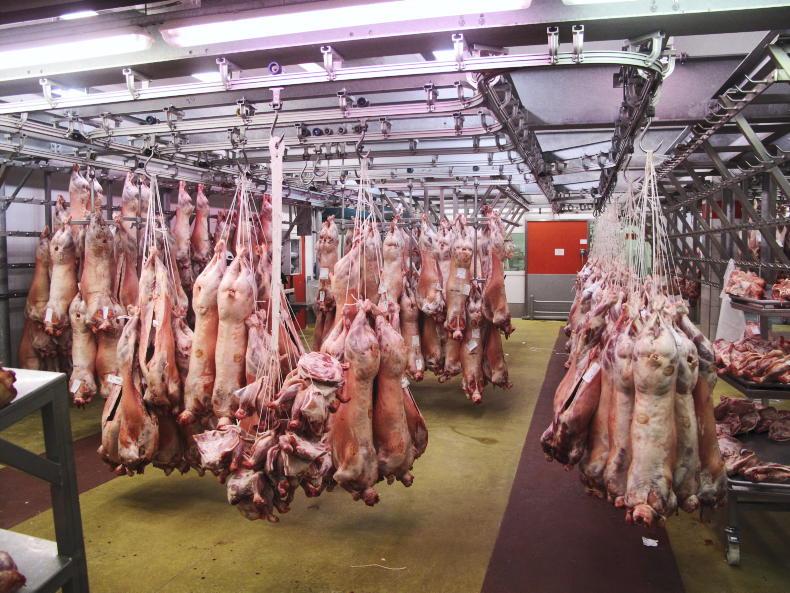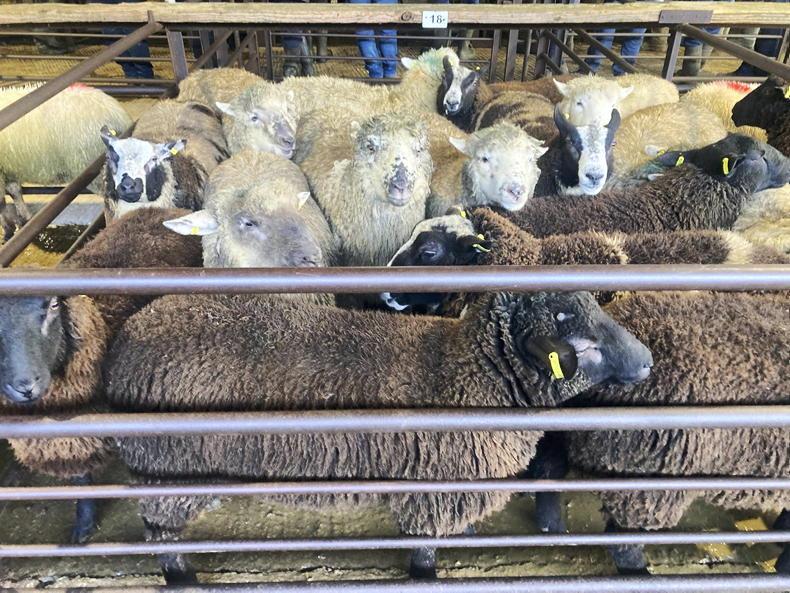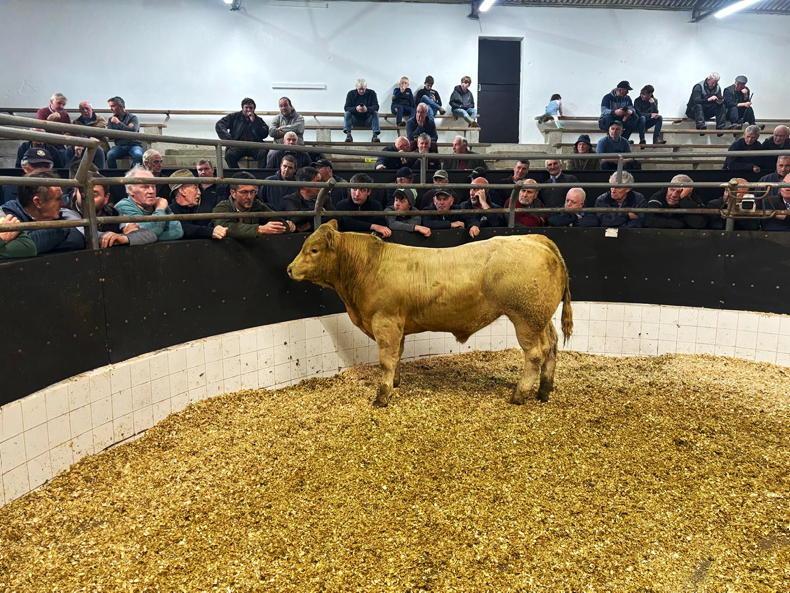We are seeing one of the biggest U-turns ever to take place in the technical advice being given to farmers by Teagasc. For decades, the clear message was that increasing farm output by matching high stocking rates to good grass growth and utilisation was key to driving farm profitability. But in the face of soaring input prices and future changes to CAP payments, the message is no longer as clear cut.
As Adam Woods reports, Teagasc modelling now shows that at €330/t for concentrates and €950/t for urea, lowly stocked farmers will deliver a similar level of profit to those stocked at higher levels. At an assumed beef price of €4.50/kg, a farm currently stocked at 2.6 livestock units (LU) per hectare will return just €16/ha more than a farm carrying 40% fewer animals per hectare, stocked at 1.6 LU/ha.
Looking beyond the current year, the Teagasc 2027 roadmap for suckling continues to question the economic benefits of operating at high stocking levels. The modelling shows that carrying 40% more animals per hectare will increase profitability by just €165/ha. This assumes more normalised costs plus a beef price of €3.75/kg. The numbers within the 2027 roadmap also take account of policy changes in relation to farm payments.
Will an additional €165/ha be enough to encourage farmers to effectively carry 40% more cattle per ha by operating at a stocking rate of 2.6LU/ha rather than 1.6LU/ha? While this will ultimately be a decision at individual farm level, it is difficult to see how many will justify the increased workload, investment and risk associated for such a small additional return.
Going organic
But this only tells part of the story in that the economic argument for reducing stocking rate further and going organic must also be considered – even in the event that no premium is secured in the market for organic beef.
Based on the Teagasc modelling, a farmer operating an organic system at just 1.3LU/ha – close to the stocking rate prevailing on a large number of suckler farms at present – could achieve a similar net profit per hectare than if they were to carry twice as many animals on a conventional system. This assumes an organic payment of €170/ha under the next CAP. In addition, the ability to maximise payments under eco schemes would be considerably easier at the much lower stocking rates.
While some may criticise Teagasc for the U-turn on technical advice, the reality is that the change in direction merely reflects the new policy landscape designed by Minister for Agriculture, Charlie McConalogue. It is not possible for suckler farmers to continue as normal as many face drastic cuts in the support payments that often account for over 100% of their total income.

The economics of suckler beef have always depended on farmers following the money – by adjusting the production model to maximise farm payments. In the same way suckler cow numbers increased in response to headage-based payments, cow numbers will respond to the incoming policy landscape that is designed to incentivise more extensive production systems.
In this case it was undoubtedly a strategic decision by the minister to increase organic supports under the next CAP to €250m, a five-fold increase on the previous allocation.
The move achieves the objective of stabilising the national herd through a reduction in suckler cow numbers while also reducing the use of chemical nitrogen nationally by almost eliminating its use on suckler and sheep farms.
Looking solely through the lens of economics, it is difficult to see how the future of suckling and sheep in Ireland will not be based around a low-stocked organic model that maximises support payments. The Teagasc 2027 roadmap gives the clearest indication yet as to what the future holds for suckler farmers.










SHARING OPTIONS